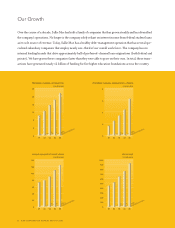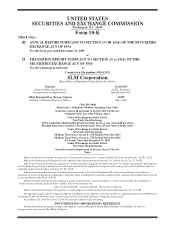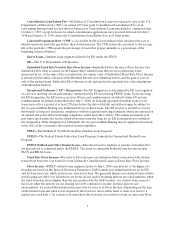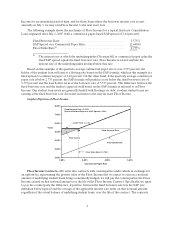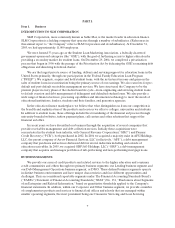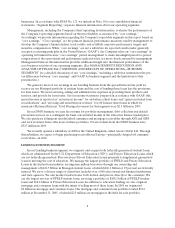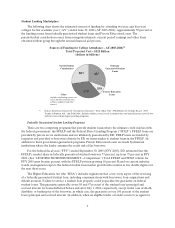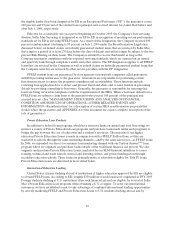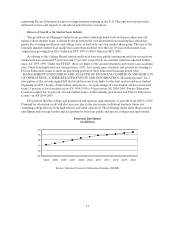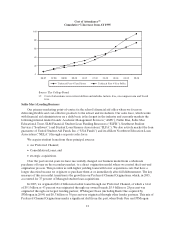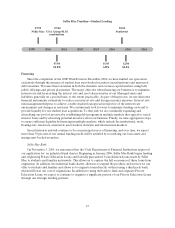Sallie Mae 2005 Annual Report Download - page 16
Download and view the complete annual report
Please find page 16 of the 2005 Sallie Mae annual report below. You can navigate through the pages in the report by either clicking on the pages listed below, or by using the keyword search tool below to find specific information within the annual report.6
Retained Interest—The Retained Interest includes the Residual Interest (defined above) and
servicing rights (as the Company retains the servicing responsibilities).
Risk Sharing—When a FFELP loan defaults, the federal government guarantees 98 percent of the
principal balance (97 percent on loans disbursed after July 1, 2006) plus accrued interest and the holder of
the loan generally must absorb the two percent (three percent after July 1, 2006) not guaranteed as a Risk
Sharing loss on the loan. FFELP student loans acquired after October 1, 1993 are subject to Risk Sharing
on loan default claim payments unless the default results from the borrower’s death, disability or
bankruptcy. FFELP loans serviced by a servicer that has EP designation from ED are not subject to Risk
Sharing.
Special Allowance Payment (“SAP”)—FFELP student loans originated prior to July 1, 2006 generally
earn interest at the greater of the borrower rate or a floating rate determined by reference to the average
of the applicable floating rates (91-day Treasury bill rate or commercial paper) in a calendar quarter, plus
a fixed spread that is dependent upon when the loan was originated and the loan’s repayment status. If the
resulting floating rate exceeds the borrower rate, ED pays the difference directly to us. This payment is
referred to as the Special Allowance Payment or SAP and the formula used to determine the floating rate
is the SAP formula. We refer to the fixed spread to the underlying index as the SAP spread. SAP are
available on variable rate PLUS Loans and SLS Loans only if the variable rate, which is reset annually,
exceeds the applicable maximum borrower rate. Effective July 1, 2006, this limitation on SAP for PLUS
loans made on and after January 1, 2000 is repealed.
Title IV Programs and Title IV Loans—Student loan programs created under Title IV of the HEA,
including the FFELP and the FDLP, and student loans originated under those programs, respectively.
Variable Rate Floor Income—For FFELP Stafford student loans originated prior to July 1, 2006
whose borrower interest rate resets annually on July 1, we may earn Floor Income or Embedded Floor
Income (see definitions above) based on a calculation of the difference between the borrower rate and the
then current interest rate. We refer to this as Variable Rate Floor Income because Floor Income is earned
only through the next reset date.
Wind-Down—The dissolution of the GSE under the terms of the Privatization Act (see definition
above).






